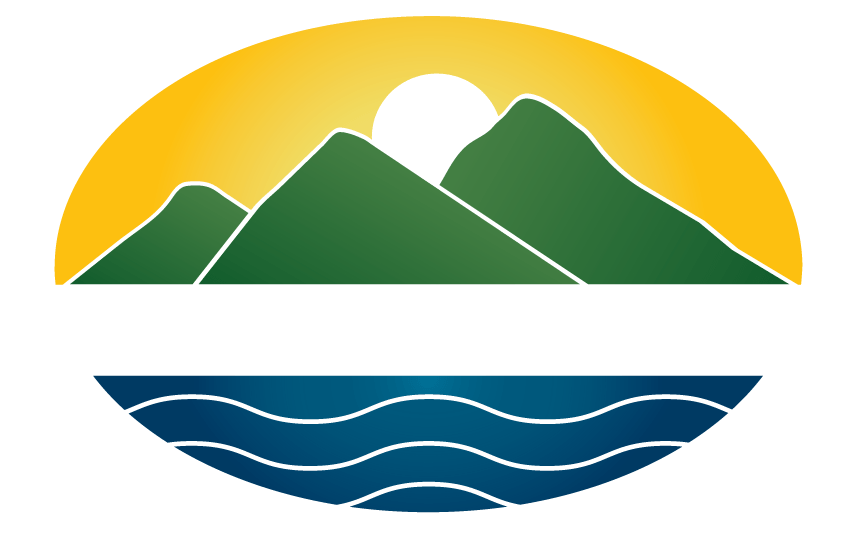Keith Avery was involved in many early wind projects in Hawai`i starting in the early 1980s. He appeared as a guest on Thinktech Hawaii in 2020.
“I originate the projects. I prospect for the wind. We install anemometry to collect long-term limited resource data and then we go to the community and ask for permission, to put up a project, noting that they take anywhere from three to five, the Kahuku project because I lost control of it, it ended up taking almost ten years.”
Keith Avery, a resident of Waialua on Oahu`s North Shore, explained community resistance.
“The faux pas is the view impact. If you move to a place and there are wind turbines already there you adapt to them, and you accept them. If they’re not there, just like transmission lines, if they’re not there and you move in, and then somebody wants to put them in, you have an issue with it. It`s about change.
“When we put up a wind turbine now and they are very large, it does have a visual impact. What we do see is that after a year or two years, people have accepted, and the view issue typically goes away, and the benefits of renewables step forward.”
The backdrop to the Kahuku saga started in 2008.
Hawaiian Electric Company (HECO) issued a Request for Proposals for O`ahu-based Renewable Energy Projects in June 2008.
Keith Avery (West Wind Works) submitted a proposal for a Kahuku wind farm on September 25, 2008.
The proposal made the shortlist of selected projects, but not the final list of selected projects. Instead, HECO chose another company to build a wind farm in Kahuku.
Mediation with HECO failed. West Wind entered a partnership with Champlin Hawaii, a subsidiary, of a subsidiary, of a subsidiary, of COPRA, a European based family held holding company.
West Wind and Champlin filed two complaints with the Public Utilities Commission.
Long story short, the Public Utilities Commission dismissed the first complaint without prejudice (allowing a revised complaint to be filed) and rejected the second complaint with prejudice.
 Thereafter, HECO reached a deal with the developer.
Thereafter, HECO reached a deal with the developer.
Hawaiian Electric filed a proposed Power Purchase Agreement with the Public Utilities Commission for the Na Pua Makani wind farm in December 2013. Life of the Land was admitted into the proceedings.
The Public Utilities Commission approved the wind farm in December 2014 and the overhead line in October 2017.
The Final Environmental Impact Statement was filed in July 2016. The Board of Land and Natural Resources (BLNR) approved the habitat conservation plan and the and incidental take license in May 2018.
The Honolulu Department of Planning and Permitting did not provide notice to the Kahuku community when it approved a zoning variance allowing the wind farm owners to shorten the new interconnecting transmission line to save a few dollars.
As a result of the variance, the turbines were erected right next to the community. The Na Pua Makani wind project went online on December 11, 2020.
The turning blades create moving shadows in rooms of neighboring houses. The wind turbine hums also negatively impacted neighbors. People have had to reconfigure their homes and put up black screens facing the turbines.
The Na Pua Makani Wind Farm is the latest example of how not to do business in Hawai`i.
The most effective way of killing the move to 100% low climate impact renewable energy is to run roughshod over communities, creating waves of hostility.

